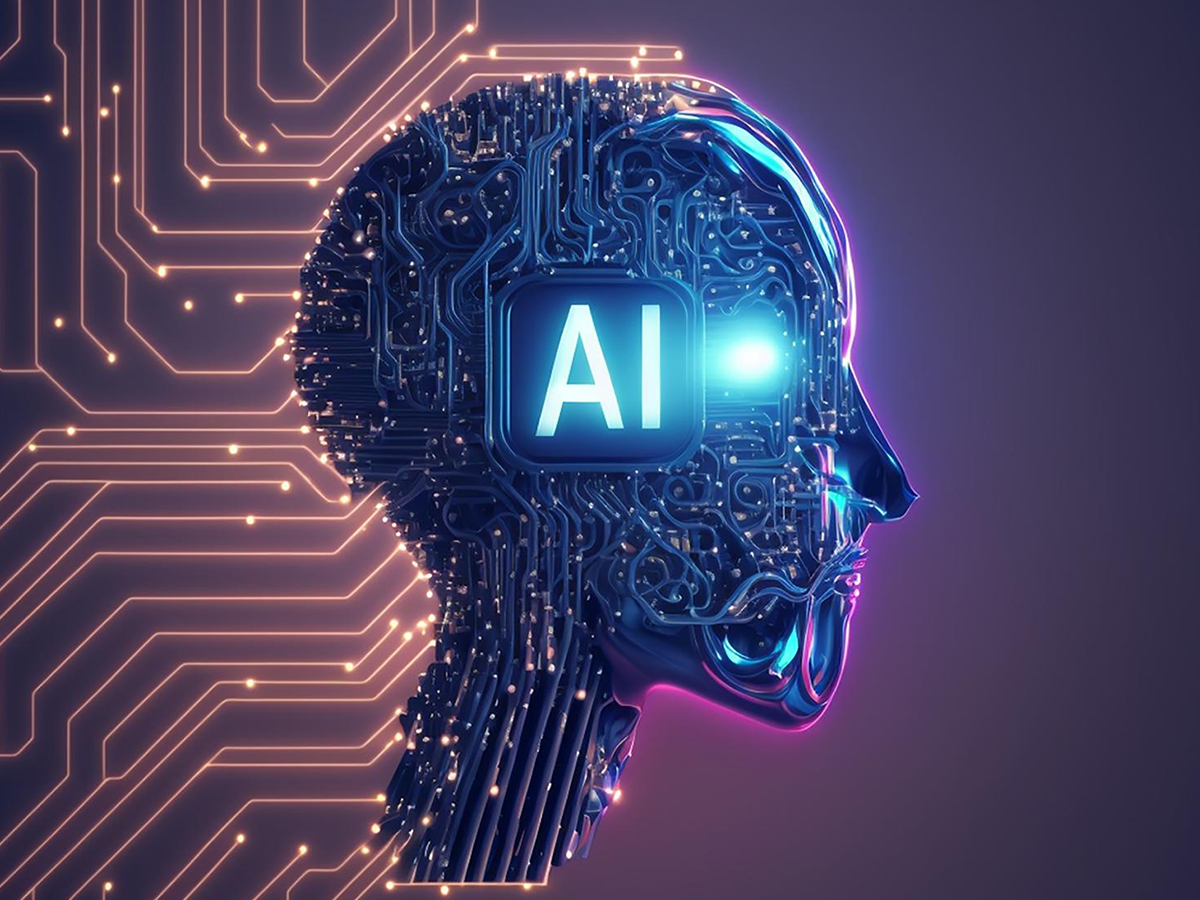AI agents, autonomous tools that perform tasks across systems and workflows, are rapidly becoming the talk of the enterprise. As Box CEO Aaron Levie recently observed, “the number-one conversation in IT is AI Agents,” reflecting growing interest in “agentic AI” that actively executes tasks rather than just returning information.
But before deploying such systems, organizations in healthcare, finance, and technology must address the security gap such innovation introduces.
What Makes AI Agents Enterprise-Grade?
AI agents extend beyond traditional SaaS tools—they navigate across platforms, make decisions, and autonomously act. Levie defines them as assistants that:
- Execute multi-step tasks across systems
- Operate with minimal human oversight
- Automate workflows to enhance productivity
While architecture is beginning to mature, deployment remains early-stage and complex. Enterprises face challenges in security, identity, governance, and observability before widespread adoption can succeed.
Security Risks of AI Agents & the Need for Gap Analysis
Deploying AI agents without proper safeguards can create critical vulnerabilities. Organizations must bridge this security gap through comprehensive assessments:
Conduct a cybersecurity gap assessment or NIST gap analysis to identify control deficiencies in agents and integrations.
Use cyber risk quantification to prioritize exposures based on impact and likelihood.
Align findings with NIST CSF assessment, SOC 2 compliance checklist, and other information security frameworks.
Strengthening Security Through Penetration Testing
To validate agent security, organizations should deploy targeted penetration testing services, including:
- API pen testing to validate integrations and agent communication.
- External penetration testing and black box penetration testing for real-world attack simulations.
- Ongoing pen testing as a service (PTaaS) to continuously identify and remediate risks.
- Align test scenarios with the latest OWASP Top 10 (2023) to mitigate known vulnerabilities.
Ongoing Protection: MDR, SOC as a Service, and vCISO
Continuous protection is essential as AI agents evolve. Framework Security (FWS) offers comprehensive services:
Managed SIEM and SIEM as a Service to centralize and correlate agent-related logs.
24/7 threat hunting services and SOC as a Service for proactive detection.
Virtual CISO (vCISO) or CISO as a Service guidance to align AI agent strategies with enterprise governance.
Deploying these services helps close the security gap analysis.
Summary: Securing the AI Agent Frontier
What to Do
1. Gap Assessment
Run cybersecurity gap analysis and NIST CSF assessments for agents
2. Risk Prioritization
Apply cyber risk quantification to drive remediation decisions
3. Penetration Testing
Use API pen testing, external pen tests, and PTaaS
4. Ongoing Defenses
Enable MDR, SOC as a Service, and vCISO support
The transition to agentic workflows will be gradual. But getting ahead, by strengthening security now, can help ensure innovation and protection go hand in hand.
























